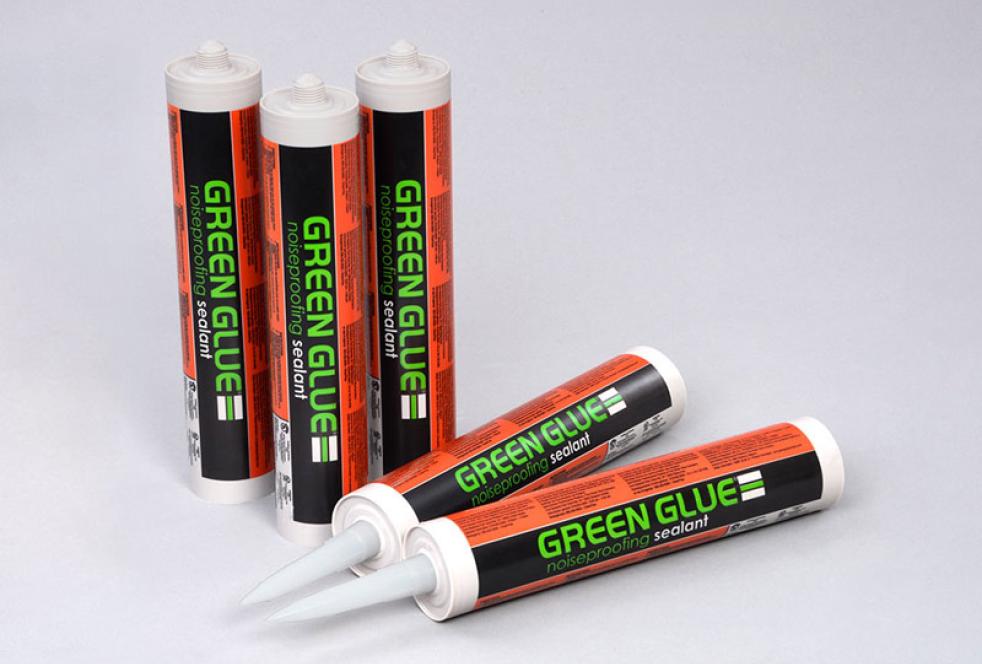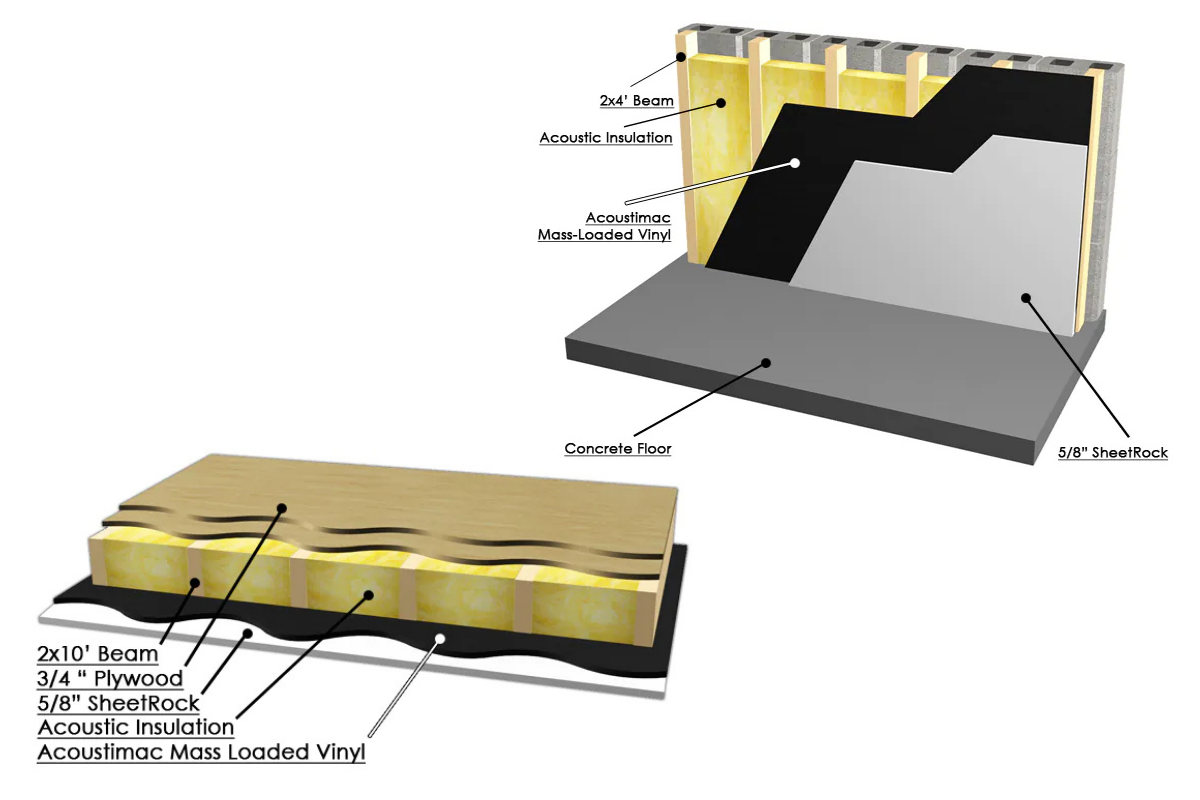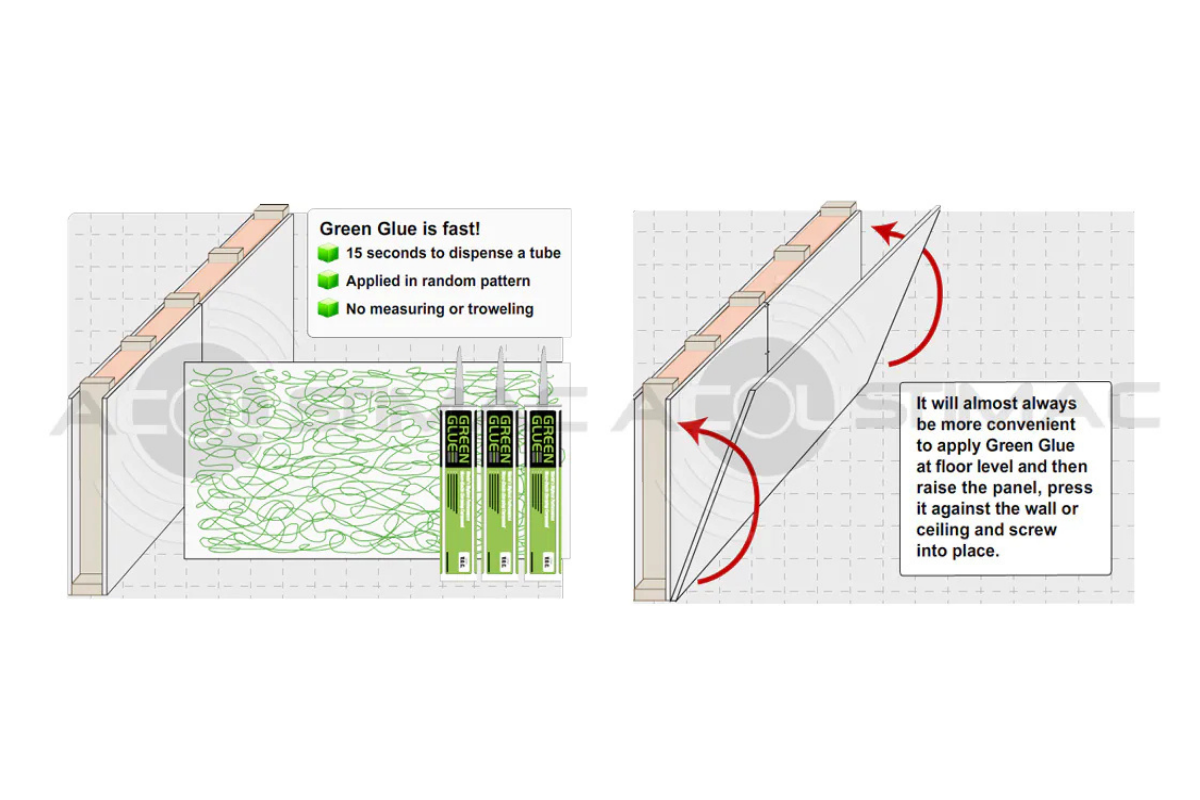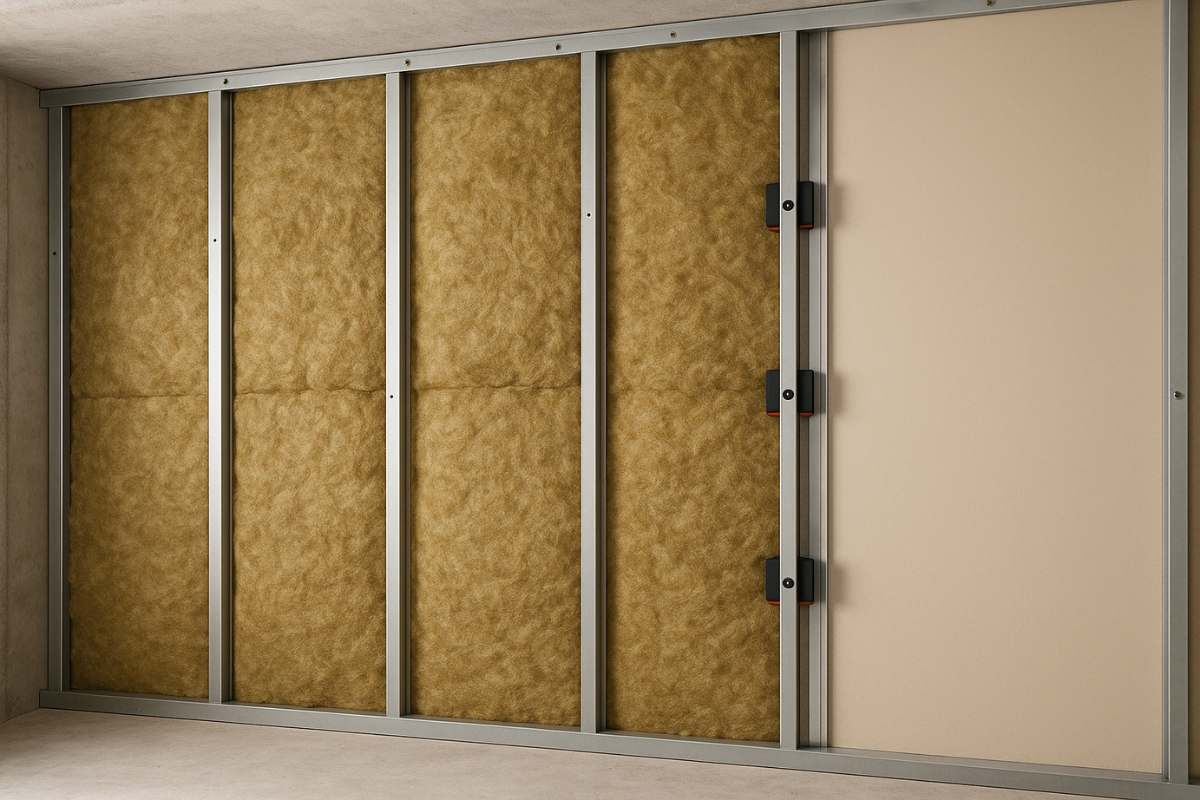How to Soundproof a Room: A Complete Guide for Better Acoustics
Whether you're soundproofing a bedroom, podcast studio, office, or rehearsal space, the right approach can significantly reduce noise transfer and improve sound quality. This guide breaks down the materials, methods, and steps required to effectively soundproof any room.
What Is Soundproofing and Why Does It Matter?
Soundproofing is the process of reducing sound transmission between spaces. Unlike acoustic treatment, which controls sound within a room, soundproofing focuses on blocking or absorbing sound that travels in or out. Whether you’re dealing with noisy neighbors, home studio bleed, or privacy concerns, effective soundproofing enhances comfort, productivity, and clarity.
Types of Soundproofing Techniques for Walls, Ceilings, and Floors
Add Mass to Block Noise with MLV and Extra Drywall
What it is:
Mass Loaded Vinyl (MLV) works by adding mass to a structure, which helps block sound waves. The density of the material prevents sound from passing through.
Materials Used:
- Mass Loaded Vinyl (MLV) – 0.5 lb, 1 lb, or 2 lb per sq. ft.
- Drywall sheets (⅝” or double-layered)
- Glue compound (optional for added damping)
- Acoustical barrier roll or cement board and acoustic sealant
STC Ratings:
- 0.5 lb → STC 21
- 1 lb → STC 27
- 2 lb → STC 32
Best For:
Blocking external noise from traffic, machinery, or neighbors.
Resource:
Download the MLV Installation Guide
Vibration Damping for Soundproof Walls Using Green Glue
What it is:
Soundproofing interrupts sound vibrations by converting the sound into heat, preventing sound from transferring through walls and ceilings
Common Materials:
- Green Glue Noiseproofing Compound
- Green Glue sealant
- ⅝” drywall sheets
- Acoustic drywall (optional)
- Screw kits for drywall layers
Performance:
Use of the Compound can improve the sound transmission class (STC) rating by up to 12 points
Best For:
Interior walls and ceilings where structural vibration is a concern, such as in shared walls or media rooms.
Resource:
Download the Green Glue Noiseproofing Sealant Installation Guide
Disclaimer: We do not carry drywall or screw kits.


SEALING GAPS
Sound easily escapes through gaps. Use acoustic caulk, door sweeps, and weatherstripping for full coverage.
What it is:
Soundproofing interrupts sound vibrations by converting the sound into heat, preventing sound from transferring through walls and ceilings
Common Materials:
- Green Glue Noiseproofing Compound
- Green Glue sealant
- ⅝” drywall sheets
- Acoustic drywall (optional)
- Screw kits for drywall layers
Performance:
Use of the Compound can improve the sound transmission class (STC) rating by up to 12 points
Best For:
Interior walls and ceilings where structural vibration is a concern, such as in shared walls or media rooms.
Resource:
View the Sealtight Putty Pad Installation Guide
Disclaimer: We do not carry sealant caulk, weatherstrips, tape, gaskets, or door sweeps.
Wall and Ceiling Decoupling Methods to Block Sound Transfer
Sound easily escapes through gaps. Use acoustic sealant, door sweeps, and weatherstripping for full coverage.
What it is:
Decoupling physically separates layers of construction to reduce the transmission of sound vibrations between surfaces.
Methods include:
- Resilient channel (RC-1 or RC-2)
- Sound isolation clips and hat channel
- Staggered stud walls
- Double stud walls
- Hat channel (for ceilings)
- Mineral wool or fiberglass batts (to fill cavities)
Best for:
Noise-sensitive rooms and high-performance soundproofing.
Disclaimer: We do not carry RC, sound isolation clips, or hat channel.
Final Tips for Room Soundproofing Success
Once your materials are installed—whether it’s dampening compounds, MLV- do a final sweep to seal off remaining gaps and edges. Pay special attention to baseboards, outlet boxes, and trim. A little extra acoustic sealant goes a long way in improving performance.
Get Everything You Need to Soundproof Like a Pro
Shop the most effective soundproofing products featured in this guide—from Green Glue and Mass Loaded Vinyl (MLV) to acoustic sealant and wall panels—all available from Acoustimac.







